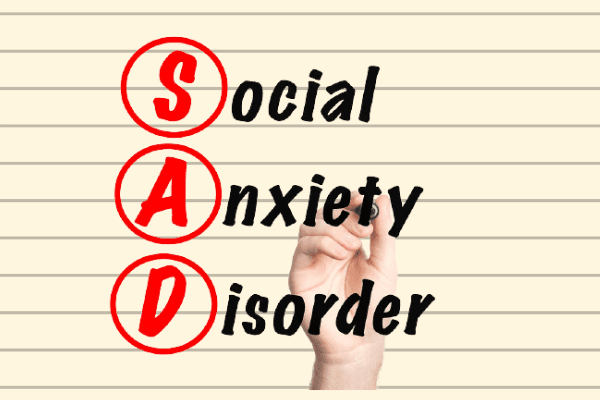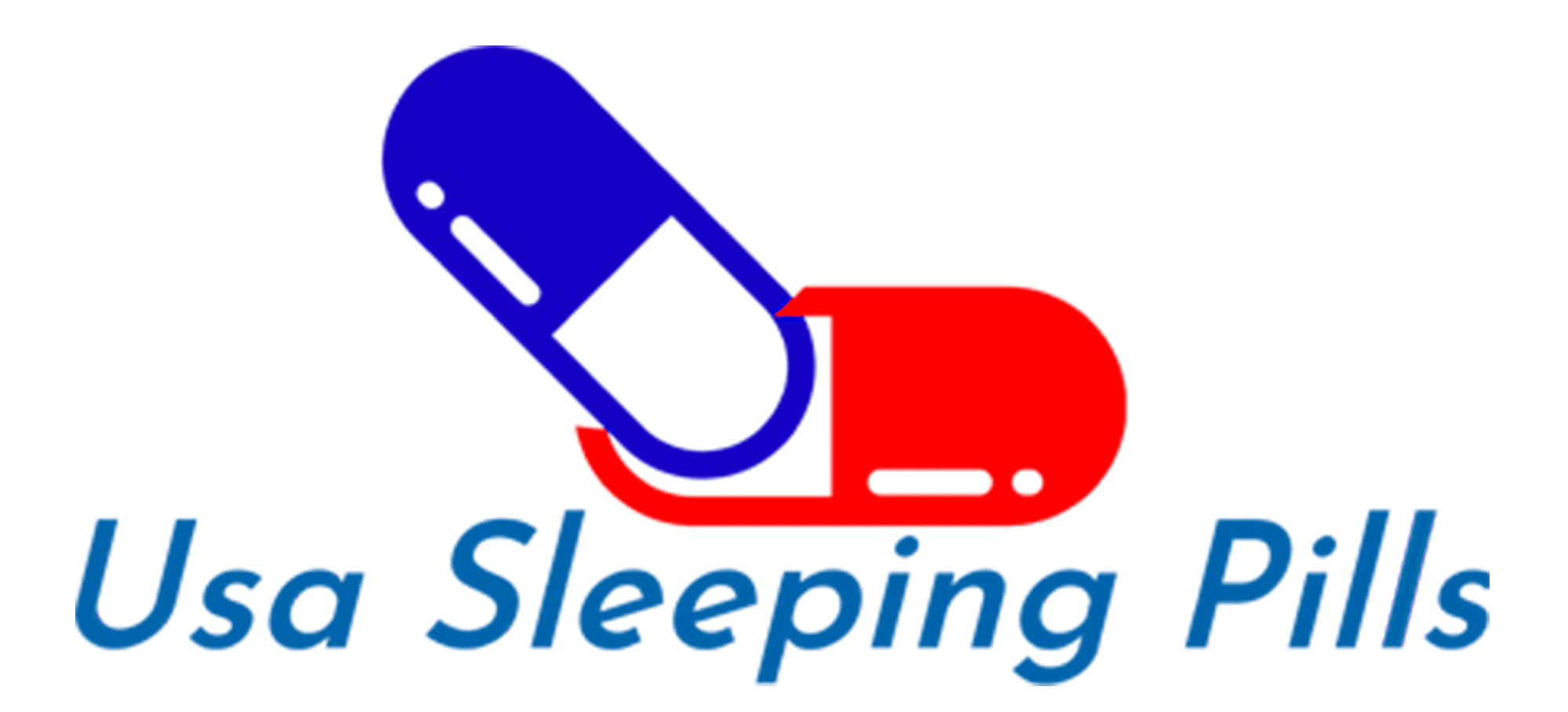Comparison between Zopiclone and Zolpidem

Guide of Social Anxiety Disorder Test | A to Z
October 6, 2021
Which is the Best Medicine for Anxiety
February 23, 2023Zopiclone and Zolpidem are both prescription medications used to treat insomnia, which is a sleep disorder characterized by difficulty falling asleep or staying asleep. Both medications work by enhancing the activity of GABA, a neurotransmitter that helps to reduce brain activity and induce sleep. However, there are some differences between the two medications that are worth exploring.
Mechanism of Action:
While both Zopiclone and Zolpidem enhance the activity of GABA, they have different pharmacological profiles. Zopiclone is a cyclopyrrolone compound that has sedative, anxiolytic, and muscle-relaxant properties. It binds to the benzodiazepine site of the GABA-A receptor and increases the affinity of GABA for the receptor, resulting in an increase in chloride ion influx and hyperpolarization of the neuron. This leads to a reduction in neuronal activity and induction of sleep.
In contrast, Zolpidem is a non-benzodiazepine compound that is more selective for the alpha-1 subunit of the GABA-A receptor, which is responsible for sedative effects. It also increases the affinity of GABA for the receptor, resulting in an increase in chloride ion influx and hyperpolarization of the neuron. Zolpidem has a high affinity for the alpha-1 subunit of the GABA-A receptor, but a lower affinity for the other subunits, which is thought to contribute to its sleep-inducing effects without causing excessive sedation or muscle relaxation.
Duration of Action:
One of the major differences between Zopiclone and Zolpidem is their duration of action. Zopiclone has a longer half-life than Zolpidem, which means that it takes longer for the body to eliminate zopiclone, and its effects can last up to 8 hours. Zolpidem, on the other hand, has a shorter half-life, and its effects usually last up to 6 hours. The shorter duration of action of Zolpidem may be beneficial for people who have difficulty falling asleep but do not have difficulty staying asleep.
Side Effects:
Both Zopiclone and Zolpidem can cause side effects, although the type and severity may vary between individuals. Some of the common side effects of Zopiclone include a metallic taste in the mouth, dry mouth, dizziness, and daytime drowsiness. In some cases, it can also cause gastrointestinal disturbances, headache, and blurred vision. Zolpidem can cause similar side effects, including headaches, dizziness, and nausea. However, Zolpidem is less likely to cause daytime drowsiness or residual effects the next day, which makes it a more favorable option for people who need to wake up early in the morning.
Both medications can also cause more serious side effects, such as memory loss, confusion, and hallucinations, especially if taken in higher doses or for a prolonged period. Long-term use of either medication can also lead to dependence or addiction. It is recommended to use these medications for short-term treatment of insomnia, and under the supervision of a healthcare provider.
Addiction potential:
Both Zopiclone and Zolpidem have a risk of addiction, and users may develop dependence with long-term use. Both medications should be used with caution in people who have a history of drug abuse or addiction. It is important to follow the prescribed dosage and not to take the medication for longer than recommended. Abruptly stopping either medication can also cause withdrawal symptoms, such as anxiety, irritability, and insomnia.
Interactions with Other Medications:
Zopiclone and Zolpidem can interact with other medications, including benzodiazepines, opioids, and alcohol, which can increase.
In summary, Zopiclone and Zolpidem are both effective medications for treating insomnia, but they differ in their mechanism of action, duration of action, and potential side effects. It is important to discuss the potential benefits and risks with a healthcare provider before starting any medication for insomnia.




